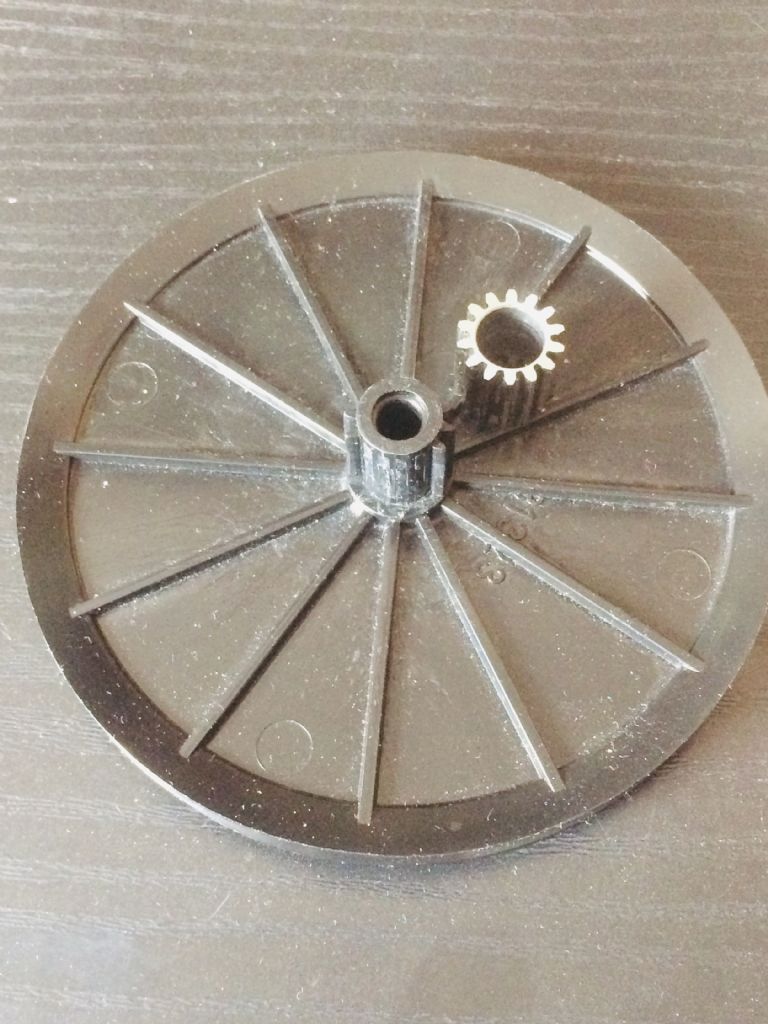Posted by Dave Halford on 07/06/2020 09:43:13:
You can glue most hard plastics except ABS (which requires a specialist glue)
Ok, here I cannot have my mouth shut. I suppose in that sentence a 'not' is missing.
ABS is one of the easiest plastics to glue. It can be dissolved in Acetone (every 3D-printer knows that), and bonds also to Epoxies and Acrylics.
For 'most hard plastics', the secret lies in the preparation. I see that the flame treatment has already been mentioned, and with this method I glued two plates from (I suppose) Polypropylene, and it would be very hard to separate them again.
The method consists of 'brushing' the parts with a Propane torch or similar, without melting the plastic, but it becomes then hydrophilic (in contrary to the water-repellent or hydrophobe surface the plastic usually has).
It is best to try this before if you have an offcut , if water builds a film instead of dropping off, you got it right.
I think I saw this method in one of the well-known Dan Gelbart videos.
Regards,
Hans
 Michael Gilligan.
Michael Gilligan.




